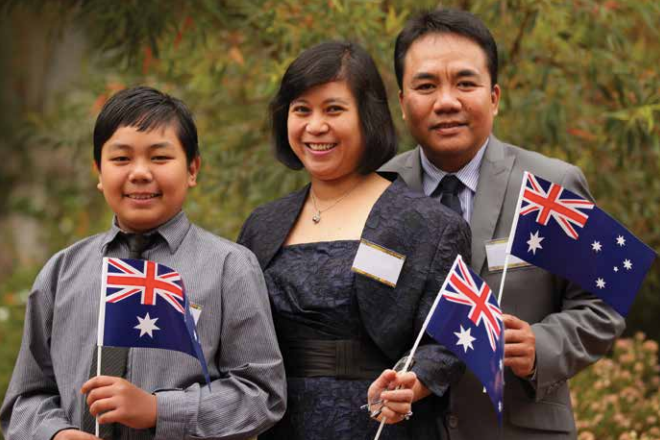A Guide for International Students Applying to Master’s Programs at Sydney Universities
Sydney, a vibrant metropolis with a world-class education system, beckons international students seeking a transformative master’s degree experience. From the iconic Opera House to cutting-edge research facilities, Sydney offers an unparalleled academic and cultural environment. But navigating the application process as an international student can seem complex. Fear not! This comprehensive guide will equip you with the knowledge and resources to successfully apply for a master’s program at one of Sydney’s prestigious universities.
1. Chart Your Course: Selecting the Perfect Program
Your journey begins with identifying a program that perfectly aligns with your academic aspirations and career goals. Here’s how to refine your search:
- Explore Fields of Study: Reflect on your academic background and career ambitions. Delve into the plethora of master’s programs offered by Sydney universities, such as the University of Sydney, University of Technology Sydney (UTS), Macquarie University, and others. Explore their websites to discover programs that resonate with your interests.
- Leverage Ranking Resources: Utilize university ranking websites like QS World University Rankings (https://www.topuniversities.com/world-university-rankings) and Times Higher Education World University Rankings (https://www.timeshighereducation.com/world-university-rankings) to identify top universities in Sydney across various fields.
- Program Details: Each university’s website provides detailed information about their master’s programs. Explore program pages to understand:
- Admission requirements: These typically include academic qualifications, standardized test scores, English language proficiency, and application documents.
- Course Structure: Learn about the program’s curriculum, course formats (lectures, seminars, research projects), and duration (full-time, part-time).
- Faculty Expertise: Research the faculty members’ profiles and expertise to discover potential supervisors for your research-based coursework.
- Career Opportunities: Gain insights into career paths graduates typically pursue after completing the program.
2. Demystifying Admission Requirements
Once you’ve shortlisted potential programs, delve deeper into their specific admission requirements. Here’s an overview of common elements:
- Academic qualifications: A bachelor’s degree in a relevant field from a recognized university with a good GPA is typically mandatory. Some programs may have specific course prerequisites.
- Standardized test scores: Programs in some fields, such as business or engineering, might require scores from the Graduate Record Examinations (GRE) or the Graduate Management Admission Test (GMAT).
- English language proficiency: International students need to demonstrate English language proficiency through tests like the Test of English as a Foreign Language (TOEFL) or the International English Language Testing System (IELTS).
- Statement of purpose (SOP): This essay plays a crucial role in showcasing your academic background, research interests, career goals, and how the program aligns with your aspirations. Craft a compelling SOP that highlights your unique qualifications and demonstrates a strong fit for the program.
- Letters of recommendation: Secure strong letters of recommendation from professors or professional supervisors who can speak to your academic capabilities and potential for success in a master’s program.
- Work experience: While not always mandatory, relevant work experience can strengthen your application and demonstrate your preparedness for the rigors of postgraduate study.
3. Unlocking Funding Opportunities
Master’s programs can involve significant financial investment, but numerous funding options can ease the burden for international students. Here are some avenues to explore:
- University Scholarships: Each Sydney university offers various scholarships specifically for international students. Explore the “Scholarships” section of their website to discover relevant opportunities. These scholarships can cover tuition fees, living expenses, or a combination of both.
- Government Scholarships: Several governments offer scholarships to international students from specific countries to pursue studies in Australia. Visit your home country’s education ministry website to discover scholarship programs you might be eligible for.
- External Scholarships: Numerous organizations and foundations offer scholarships for international students in specific fields of study. Utilize scholarship search engines like Scholarships.com (https://www.scholarships.com/) or [invalid URL removed] to find scholarships relevant to your program and background.
4. Prepare Your Application Arsenal
With a finalized list of programs and funding options, commence assembling the required documents:
- Official Transcripts: Request certified copies of your academic transcripts from your undergraduate institution. These documents should be translated into English by a certified translator if originally issued in another language.
- Standardized Test Scores: Register and take the required proficiency test (GRE, GMAT, TOEFL, or IELTS) well in advance to meet application deadlines. Ensure scores are sent directly to the universities you’re applying to.
- Statement of Purpose (SOP): This is your chance to shine! Craft a compelling SOP that highlights your academic





